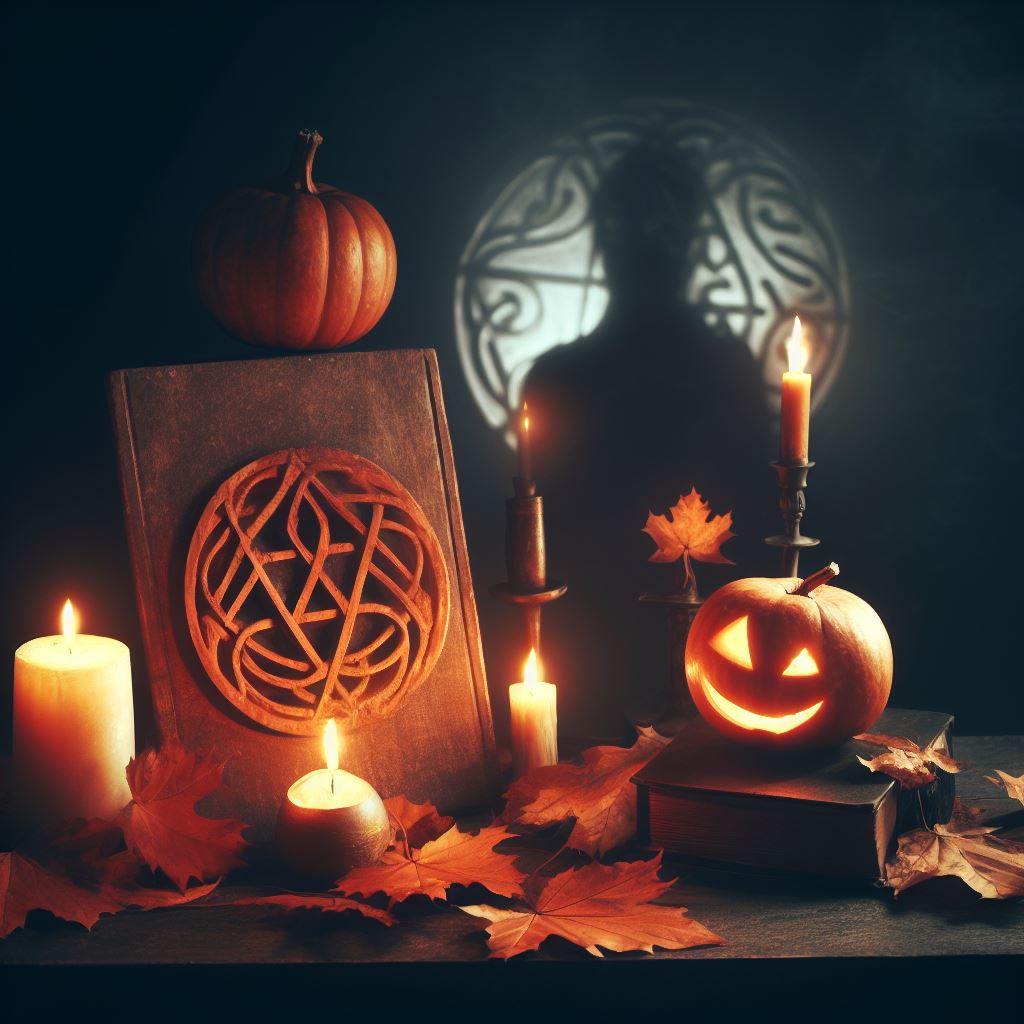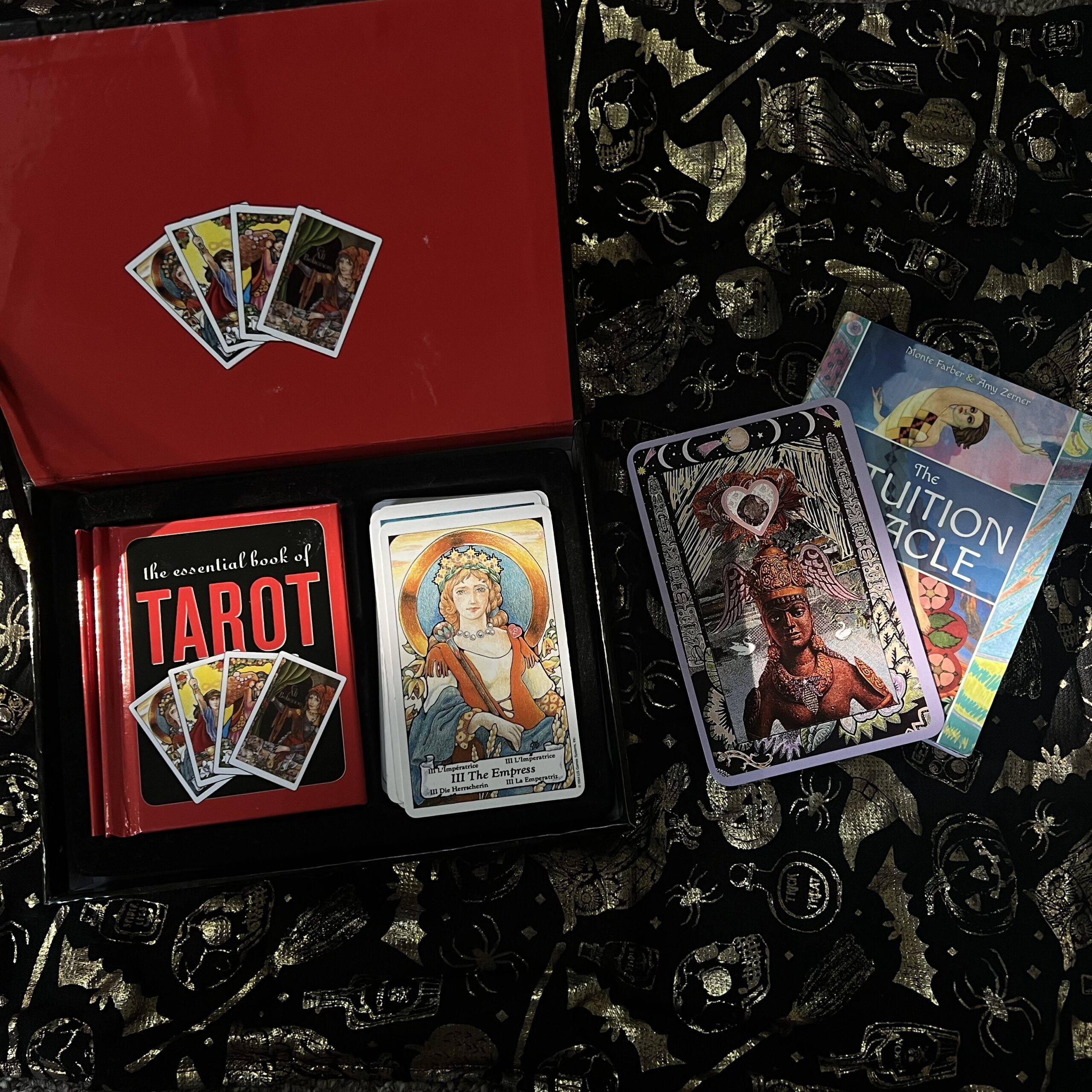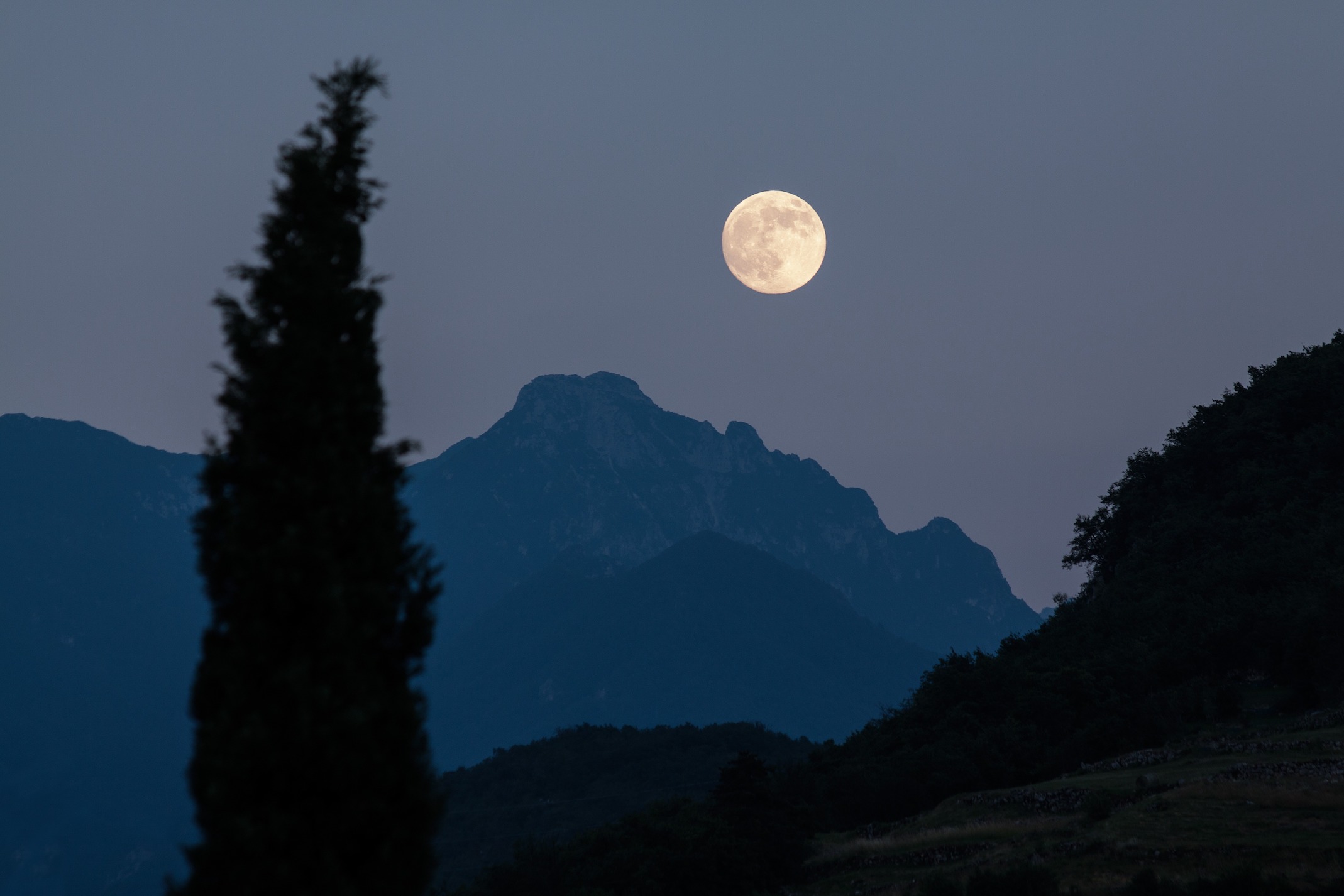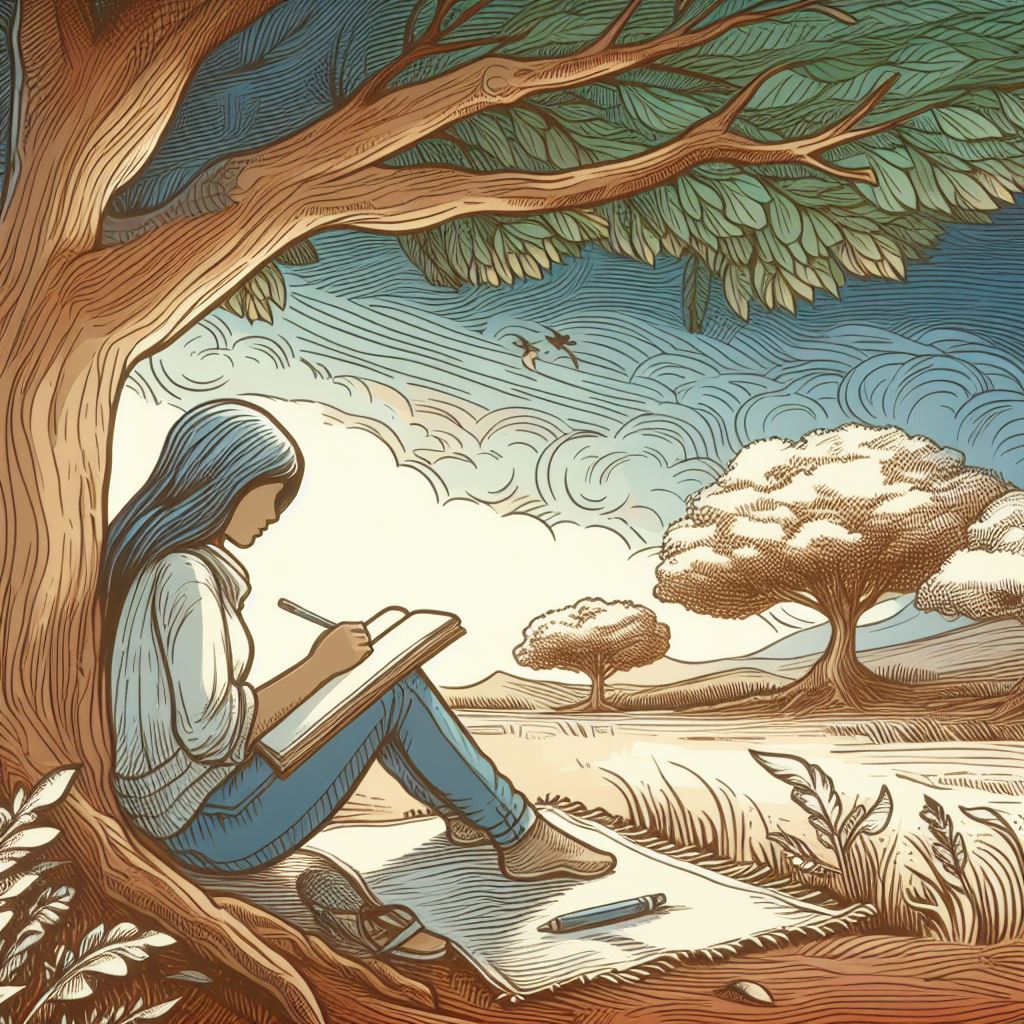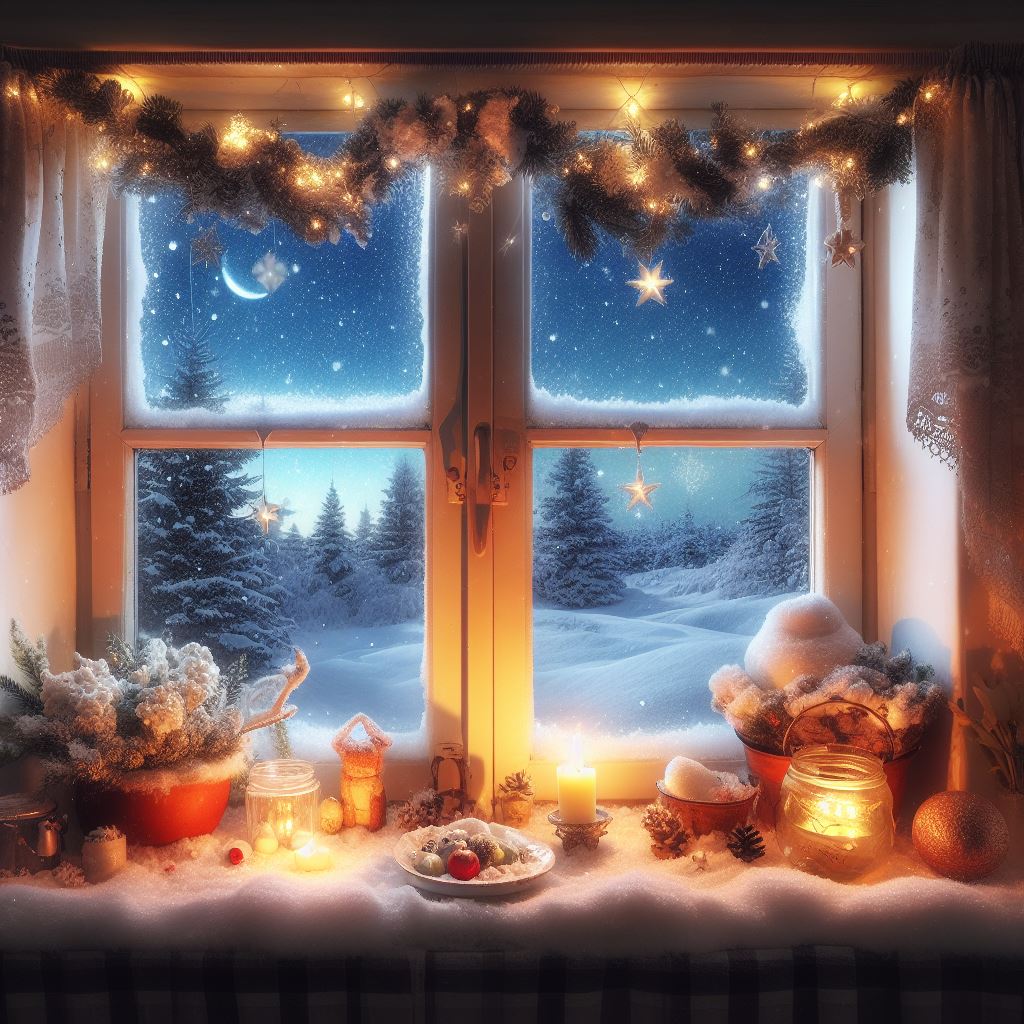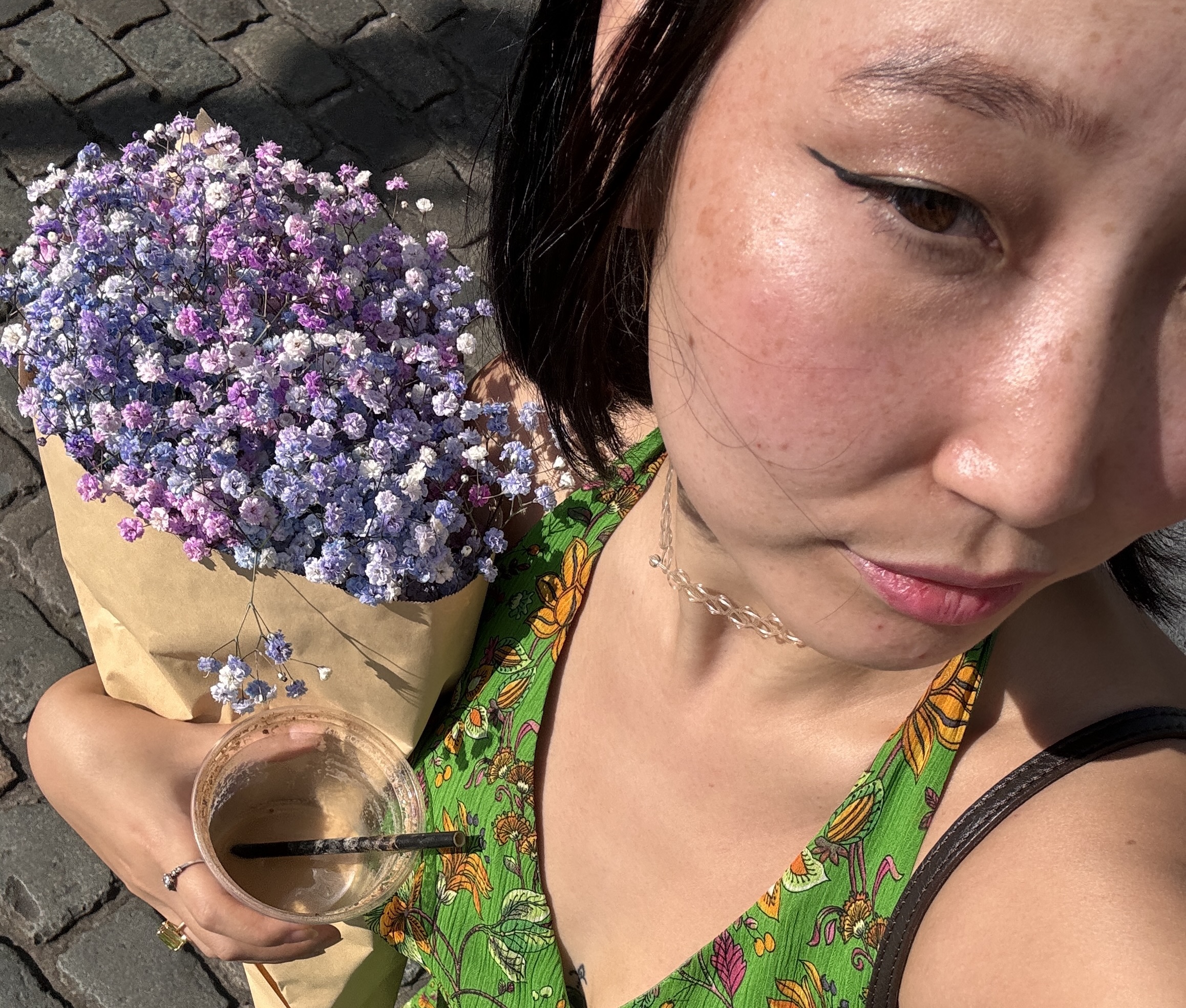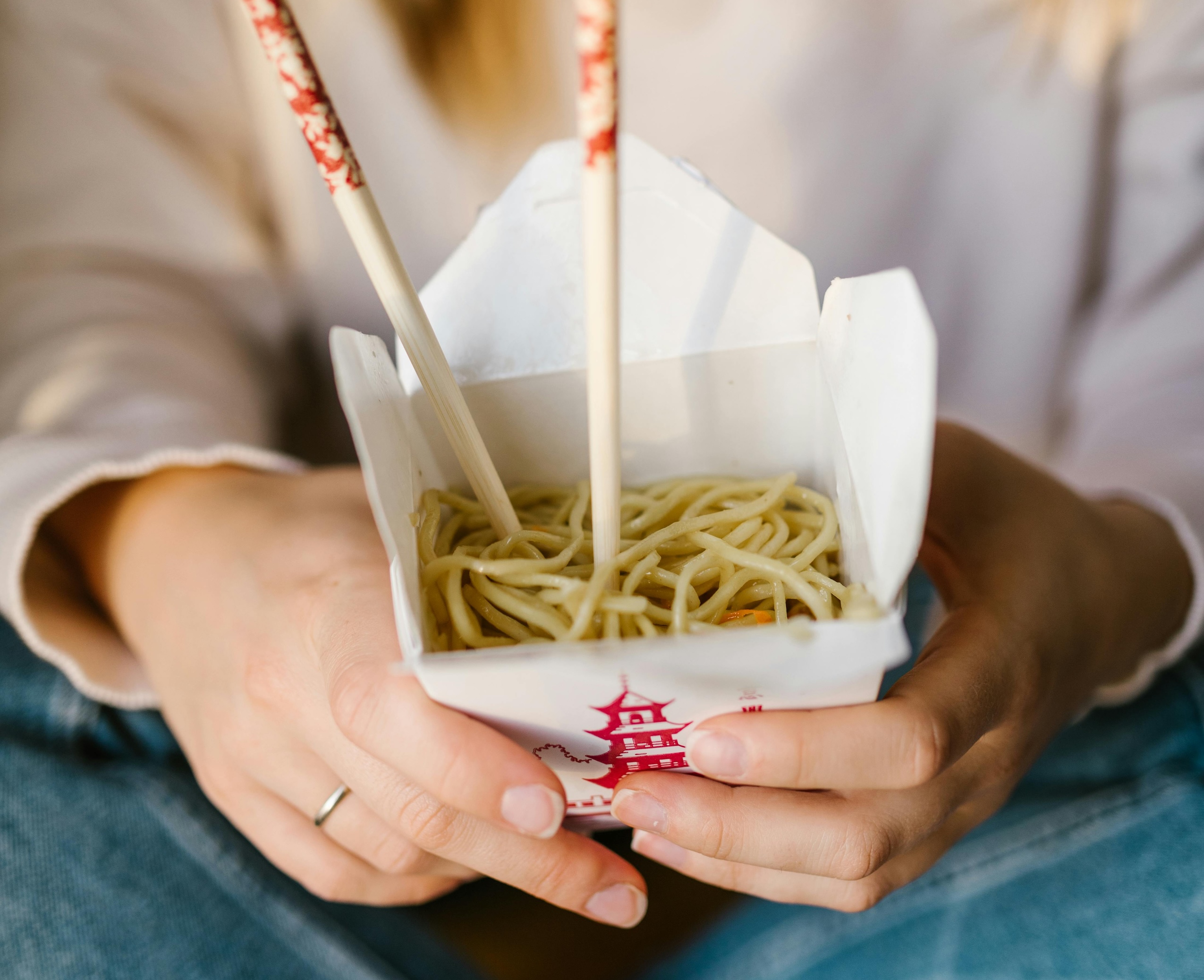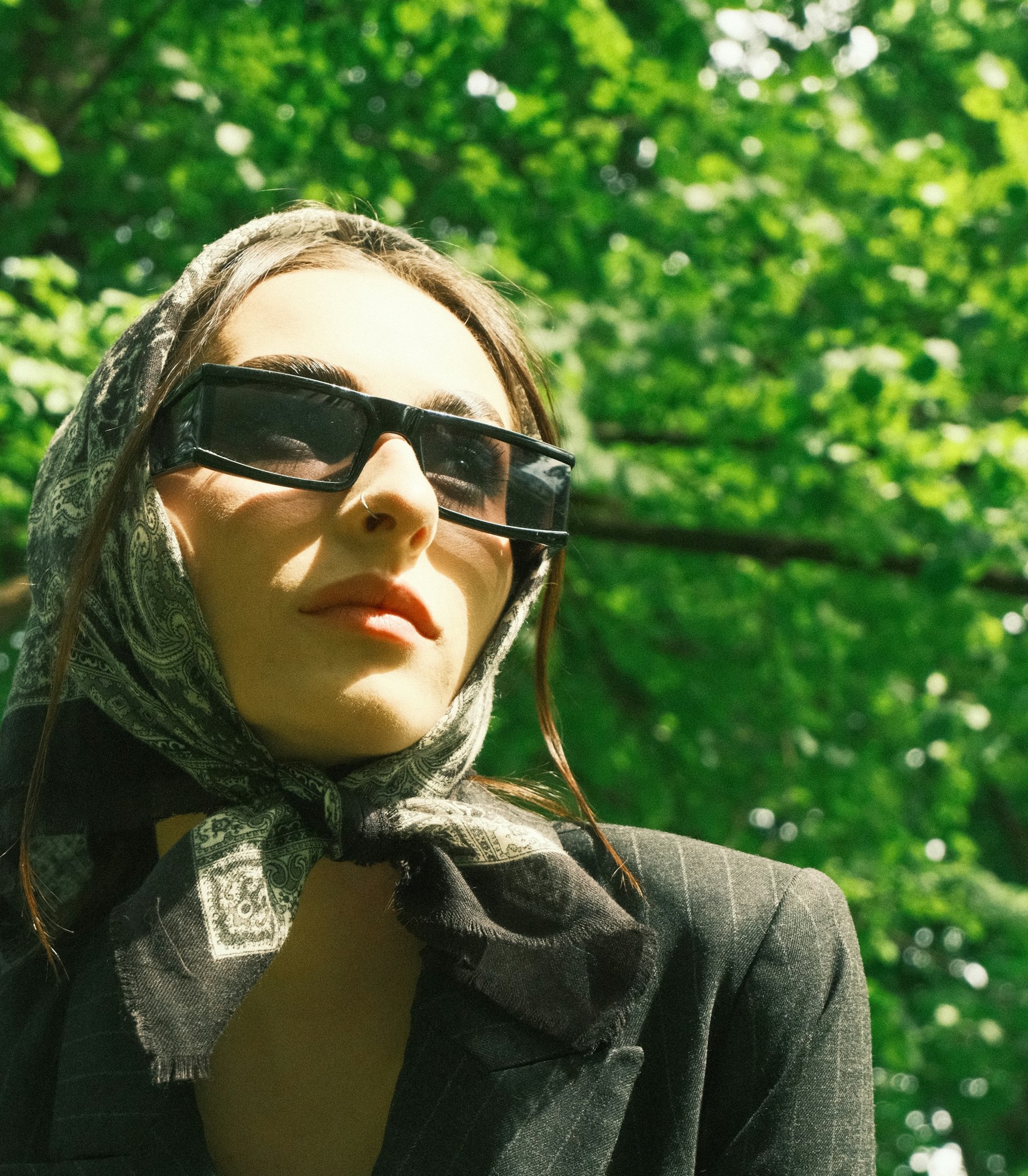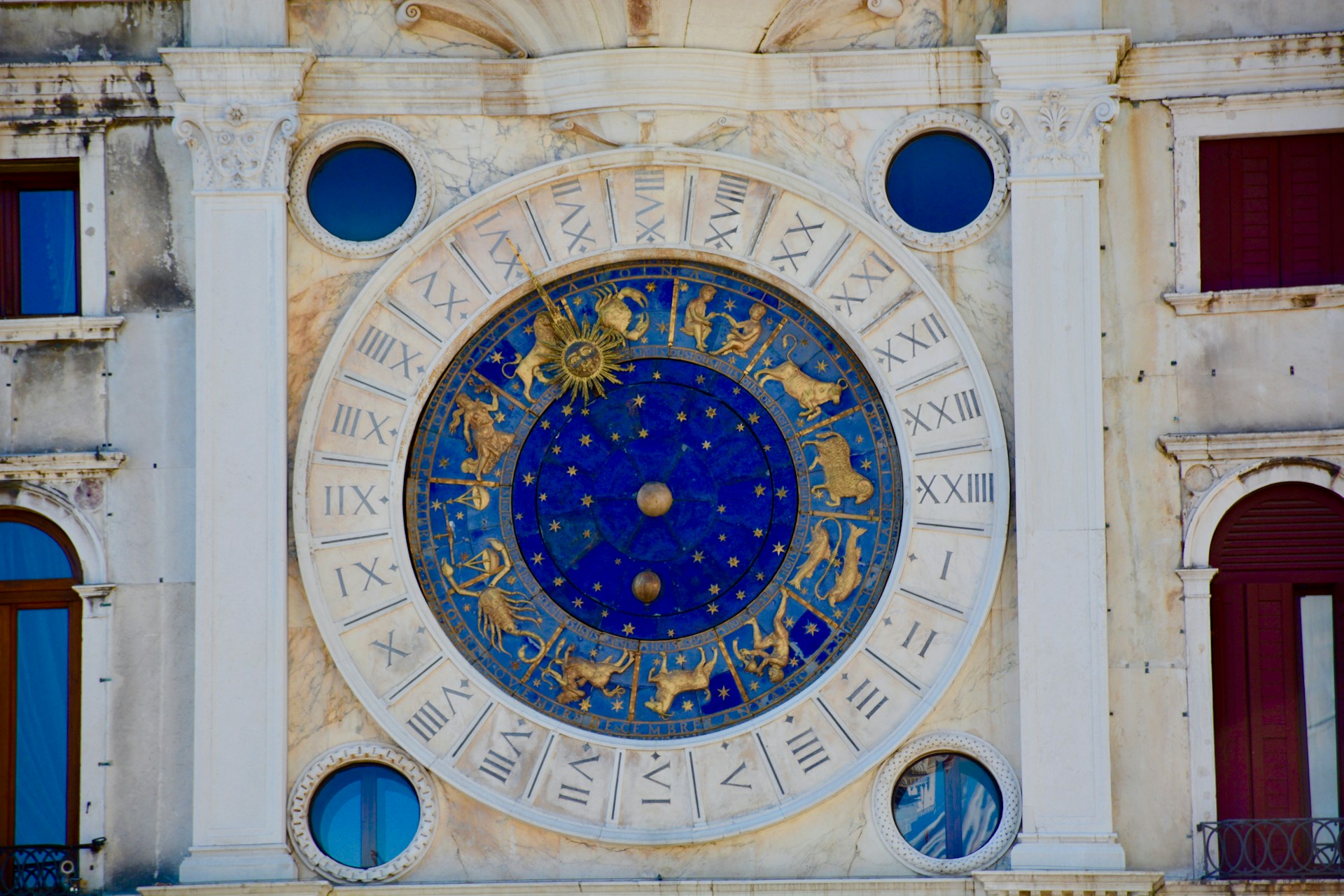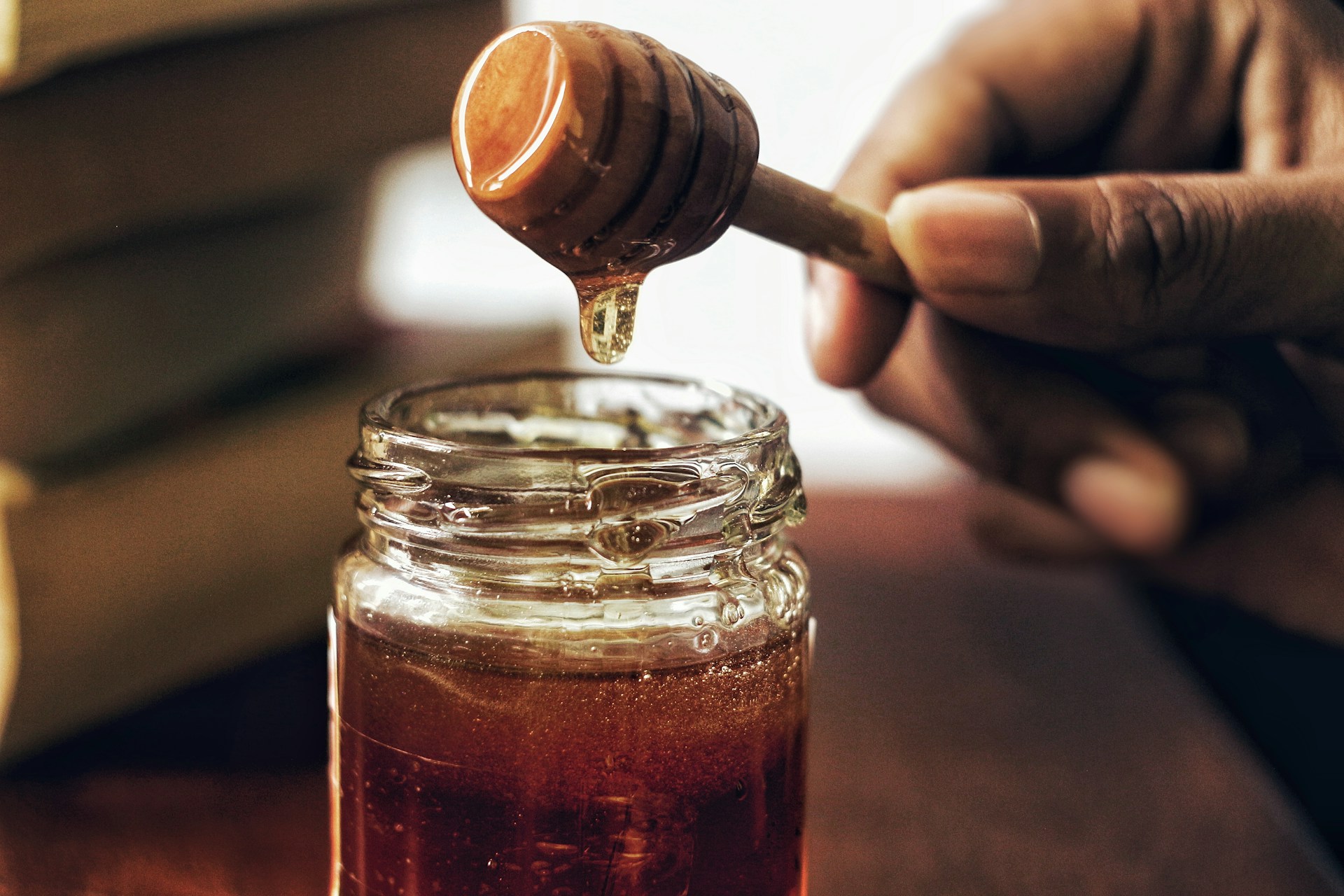As nights grow longer and the chill in the air deepens, we find ourselves on the cusp of Yule, the time-honored celebration coinciding with the Winter Solstice. This ancient festival, rooted in pagan traditions, has evolved through centuries, intertwining with various cultures and beliefs.
Today, Yule is a multifaceted holiday, rich in symbolism and steeped in spiritual meaning. In this exploration, we’ll delve into the history of Yule, understand its connection with the Winter Solstice, and discover the spiritual significance that makes this time of year so enchanting.
The Historical Roots of Yule
Exploring the Ancient Origins
Yule’s journey begins in the mists of time, rooted in pre-Christian pagan traditions. It was a period marked by feasts and rituals, celebrating the return of the sun as days began to lengthen following the solstice. These ancient celebrations were more than mere festivities; they were deeply ingrained in the cycle of the seasons, a testament to humanity’s connection with nature.
The Norse Influence
In the frost-covered lands of the Norse, Yule—or ‘Jól’—held a special place. It was a time of gathering, feasting, and honoring the gods, especially Odin, the Yule father. The Norse Yule was a complex tapestry of customs, from the burning of the Yule log to the telling of stories and the sharing of ale, all symbolizing warmth, light, and community in the darkest time of the year.
The Evolution of Yule
As time marched on, Yule underwent a remarkable evolution. With the spread of Christianity, many pagan traditions were absorbed and transformed. The Yule log, once a symbol of pagan rituals, found a place in Christian celebrations, illustrating how traditions adapt and survive across different cultures and belief systems.
The Intersection with Christmas
The blending of Yule with Christian traditions is most evident in the celebration of Christmas. Many Yule traditions seamlessly merged with Christmas customs, creating a rich tapestry of celebration that resonates to this day. This fusion is a testament to the enduring nature of Yule and its ability to adapt and flourish through the ages.
Symbolism of the Winter Solstice
The Winter Solstice, the shortest day and longest night of the year, is a time rich in symbolism and meaning. In many cultures, it represents the death and rebirth of the sun, a powerful natural cycle that has been celebrated for millennia. This celestial event is more than a mere astronomical occurrence; it’s a moment of deep spiritual significance, marking a time of reflection, renewal, and hope.
The Shortest Day and Longest Night
The solstice is a time of stark contrasts: the shortest day meets the longest night. This duality reflects the balance of light and dark, a core aspect of many spiritual beliefs. It’s a reminder of the ever-changing nature of life and the constant cycle of renewal that governs our existence.
The Sun’s Rebirth
The solstice is often seen as the rebirth of the sun, a powerful symbol of hope and new beginnings. This time of year reminds us that even in the deepest darkness, light returns, bringing with it new growth and possibilities.
The Cycle of Nature
Yule is deeply connected to the natural world. It’s a time to honor the rhythms of the earth and the cycle of the seasons. This celebration teaches us to respect nature’s wisdom, understanding that each phase, whether it be growth, harvest, decay, or renewal, is essential to the balance of life.
Spiritual Significance of Yule
Yule is not just a time for celebration and feasting; it holds deep spiritual significance. As we embrace the longest night of the year, we’re invited to explore the mysteries of darkness and the promise of light’s return. Yule offers a moment to pause, reflect, and connect with deeper spiritual meanings.
Embracing the Darkness
The longest night of Yule is a profound reminder of the importance of darkness in our lives. In many spiritual traditions, darkness is not something to be feared but embraced as a time of introspection, rest, and renewal. It’s a period to go inward, to contemplate life’s mysteries, and to prepare for the rebirth that follows.
Renewal and Hope
The essence of Yule is renewal and hope. As the sun is reborn, we too are offered a chance to start anew. This festival symbolizes the endless cycle of death and rebirth, encouraging us to let go of the old and welcome the new with open arms and hopeful hearts.
The Elements of Earth and Fire
Earth and fire play crucial roles in Yule celebrations. The earth, in its winter slumber, symbolizes potential and waiting. The fire, particularly in the form of the Yule log, represents the light that pierces through the darkness, bringing warmth, light, and comfort. These elements are powerful symbols of balance and renewal.

Traditional Yule Practices and their Meanings
Yule is rich in customs and rituals, many of which have survived and evolved over the centuries. These practices are not just festive activities; they are steeped in symbolism and meaning, offering insights into our ancestors’ beliefs and our connection to the natural world.
The Yule Log
The burning of the Yule log is a tradition that dates back to ancient times. Originally, it was a symbol of light conquering darkness, warmth spreading through the cold. Today, it continues to be a central part of Yule celebrations, embodying the spirit of warmth, light, and enduring traditions.
Evergreens and Holly
Evergreens and holly are ubiquitous in Yule decorations, representing eternal life and resilience. These plants, which remain green even in the depths of winter, symbolize hope, renewal, and the continuity of life through the darkest times.
Feasting and Merrymaking
Feasting has always been a key component of Yule. It’s a time for community, for sharing meals and making merry. This aspect of Yule highlights the importance of togetherness, generosity, and celebrating life’s blessings, even in the heart of winter.
The Exchange of Gifts
The tradition of exchanging gifts during Yule has ancient origins. It’s a practice that symbolizes the spirit of giving, reciprocity, and the strengthening of bonds within the community. This custom reflects the generosity of spirit that is central to Yule’s ethos.
Modern Celebrations and Adaptations
In our contemporary world, Yule continues to be a significant festival, evolving yet retaining its ancient roots. It’s a time when past traditions meet modern practices, creating a unique blend that resonates with people from various backgrounds and beliefs.
Celebrating Yule in the 21st Century
Modern Yule celebrations are a beautiful amalgamation of ancient customs and contemporary interpretations. People today find creative ways to honor the spirit of Yule, whether through traditional rituals or new, personally meaningful practices. This adaptability demonstrates the timeless relevance of Yule in our lives.
Yule in Various Cultures Today
Yule is observed in diverse ways across different cultures, each adding its unique flavor to the celebration. These variations showcase the universal appeal of Yule and its ability to bring people together in the spirit of joy, reflection, and renewal.
DIY Yule Celebration
Creating your own Yule rituals can be a deeply personal and rewarding experience. From crafting a Yule altar to preparing a special meal, there are endless ways to honor this time of year. These personal touches add depth and meaning to the celebration, making it truly your own.
Solstice Magick
Incorporating magickal practices into Yule can enhance the spiritual experience of the festival. Whether it’s through meditation, setting intentions, or performing rituals, Yule magick is a powerful way to connect with the energies of the earth and the cycle of the seasons.
Yule is a festival rich in history, symbolism, and spiritual significance. It’s a time that reminds us of the enduring cycle of darkness and light, death and rebirth.
As we celebrate Yule, we honor ancient traditions and embrace the opportunity to connect with the deeper aspects of ourselves and the world around us. This festival is a beautiful reminder to cherish the past, embrace the present, and look forward to the future with hope and joy.


